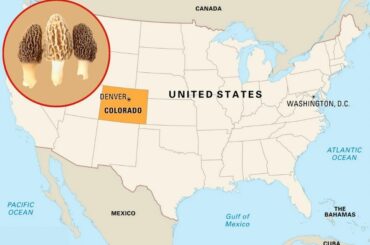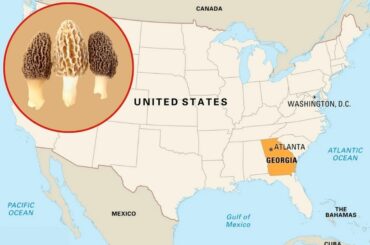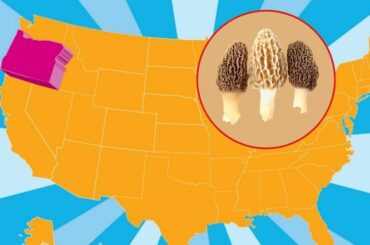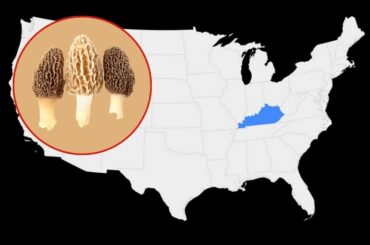In our first attempt at growing mushrooms, we’ve all been curious about ” what do mushroom pins look like?”. I recall the hours I spent browsing galleries. Regardless of what anyone says, you will have questions; however, in a few days, you will awaken and find fat little pins all over. It’s great to remember these times when your first flush comes in!
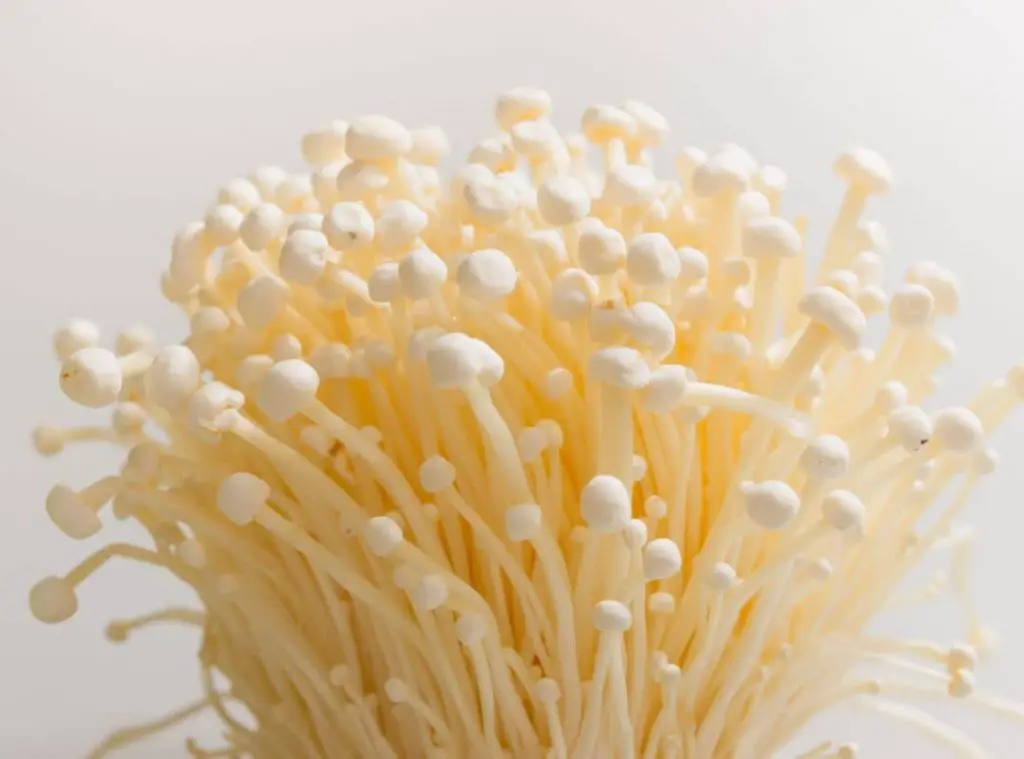
What Do Mushroom Pins Look Like? They look like tiny pins or nails. Depending on the mushroom species, they can be brown, white, or even translucent. Pins are generally found in clusters and will continue to grow until they mature into full-grown mushrooms. But, I know that this answer is not sufficient for the newbie mushroomer. So, in this article, we will explore what mushroom pins look like in great detail!
What Is A Mushroom Pin?
Contents
- 1 What Is A Mushroom Pin?
- 2 What Do Mushroom Pins Look Like Up Close?
- 3 What Causes Mushroom Pinning?
- 4 What Triggers Mushroom Fruiting?
- 5 Monitoring Your Mushroom Pins
- 6 How Do I Know When My Substrate Is Ready To Fruit?
- 7 How Long Does It Take For Mushroom Pins To Mature?
- 8 How Do You Speed Up Mushroom Growth?
- 9 Mushroom Pins Not Growing
- 10 How many times can you harvest mushrooms?
- 11 Related questions
- 12 Conclusion
A mushroom pin is the very beginning stage of a mushroom. This is when the spores have germinated, and mycelium has begun to grow. The mycelium will continue to expand until it forms a network throughout the substrate. Once the mycelium has taken over the substrate, it will begin to fruit.
Mushroom pins are generally tiny, usually no bigger than a pinhead. Depending on the mushroom species, they can be brown, white, or translucent. Pins are typically found in clusters and will continue to grow until they mature into full-grown mushrooms.
What Do Mushroom Pins Look Like Up Close?
Now that we know a little more about mushroom pins let’s take a closer look at what they look like. Mushroom pins are generally tiny, usually no bigger than a pinhead. Many mushroomers will notice only tiny bumps on the surface of their substrate. These are usually tiny as snail eyes.
However, these bumps will begin to grow into small pins after about a day or two. With a little patience and some close inspection, you will be able to see the very beginning stages of your future mushrooms. Pins can be brown, white, or translucent. Pins are generally found in clusters and will continue to grow until they mature into full-grown mushrooms.
As the pins grow, they will begin to develop a cap. The cap is the part of the mushroom that you see above the surface of the substrate. The cap will eventually open up and form a mature mushroom.
What Causes Mushroom Pinning?
Mycelium will begin to pin when the conditions are right for fruiting. This generally includes high humidity, fresh air, light, and the right temperature. When the mycelium has fully colonized on the substrate and the conditions are right, it will begin to fruit. However, these environmental conditions can vary depending on the species of mushroom you are growing. For example, some mushrooms prefer lower humidity while others prefer higher humidity.
In nature, these conditions are generally met by changing the seasons. For indoor growers, a fruiting chamber is usually used to create these conditions.
What Triggers Mushroom Fruiting?
As we mentioned before, four main environmental factors will trigger mushroom fruiting:
High Humidity – Most mushrooms prefer an 80-85% humidity level. Mycelium absorbs water through its pores and uses it for a variety of functions. When the mycelium is well hydrated, it will begin to fruit.
Fresh Air – Mushrooms need fresh air for fruit. The first stage of mushroom development is pinning, which has a low CO2 tolerance. This is why they need fresh air. A good rule of thumb is to exchange the air in your fruiting chamber at least 3-5 times per day. You can accomplish this by using a fan or opening the door to your fruiting chamber for a few minutes each day.
Light – Although mycelium does not need light to establish, it needs light for fruit. Once the mycelium has been established, providing light will trigger primordia formation. The kind of light doesn’t matter, as long as the mycelium gets some light exposure. This can be natural sunlight, artificial light, or even fluorescent light.
The Right Temperature – The ideal temperature for mushroom fruiting depends on the species you are growing. For most species, the perfect temperature is between 70-80 degrees Fahrenheit.
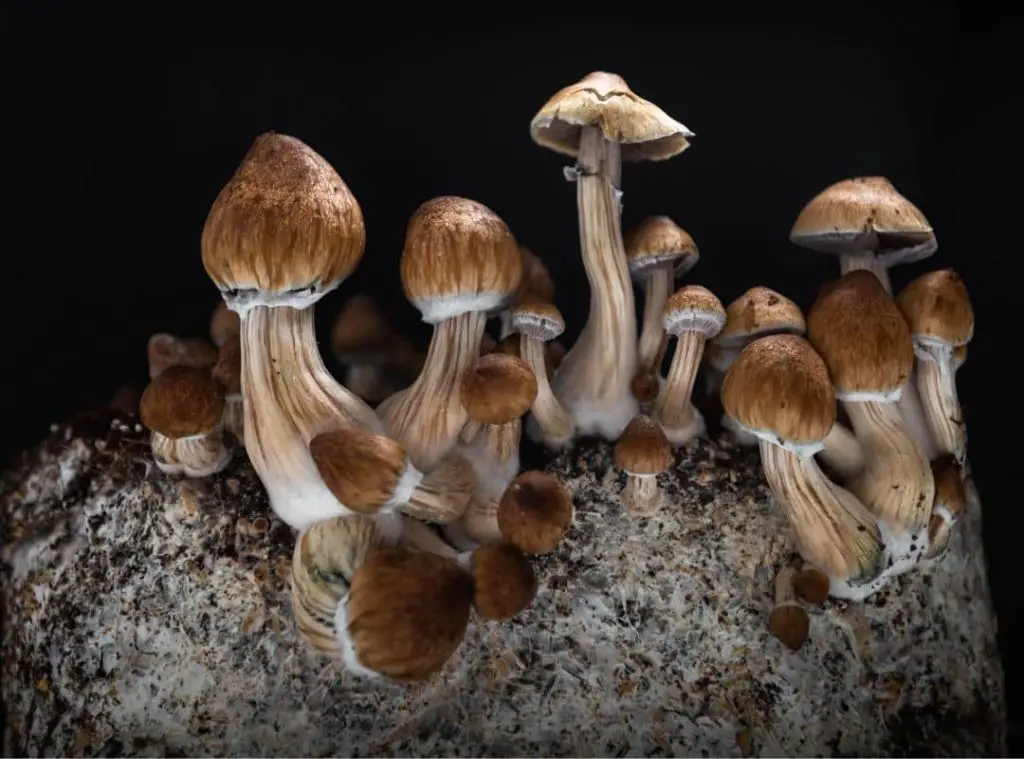
Monitoring Your Mushroom Pins
Now that you know what mushroom pins look like and what causes them, it’s important to learn how to monitor your pins. This will ensure that they are healthy and on track to produce a bountiful harvest of mushrooms. Monitoring your mushroom pins is relatively simple. You will want to check on them daily or every other day. This will allow you to catch any problems early and take corrective action.
When inspecting your mushroom pins, there are a few things to look for:
- Pinhead Size – The size of the pinhead is an essential indicator of health. If the pinhead is too small, it may not have enough food and will not develop properly. If the pinhead is too large, it may be overgrown and will not produce a good mushroom.
- Pinhead Color – The color of the pinhead can also indicate health. A healthy pinhead should be white or translucent. If the pinhead is brown or black, it may be unhealthy.
- Pinhead Shape – The shape of the pinhead can also indicate health. A healthy pinhead should be round and firm. If the pinhead is misshapen or mushy, it may be unhealthy.
If you notice any of the above problems with your mushroom pins, it’s vital to take corrective action. Depending on the problem, you may need to adjust the environmental conditions in your fruiting chamber. For example, if the pinheads are too small, you may need to increase the humidity. If the pinheads are too large, you may need to decrease the humidity.
How Do I Know When My Substrate Is Ready To Fruit?
There are a few indicators that your substrate is ready to fruit.
The first is the colonization of the substrate by the mycelium. This can be seen by looking for a white, fuzzy growth on the surface of the substrate. Once the substrate is completely colonized, it will be entirely white. The second indicator is the development of primordia. You can see them as small, round bumps on the surface of the substrate. These bumps will eventually develop into mushroom pins.
The third indicator is the presence of buttons. These can be seen as small, round mushrooms growing on the surface of the substrate. Once you see one or more of these indicators, your substrate is ready to fruit. At this point, you will need to provide the appropriate environmental conditions for fruiting. This includes fresh air, light, and the right temperature. If you don’t provide the appropriate environmental conditions, your substrate will not be fruit. This can be frustrating, but it’s essential to be patient and wait for the substrate to be ready.
How Long Does It Take For Mushroom Pins To Mature?
The time it takes for mushroom pins to mature varies depending on the species. For most species, it takes 3-10 days for the pin to mature. On the other hand, shitake mushrooms take as long as 6 to 12 months for the pin to mature.
Here are some average grow times of some common homegrown mushrooms
Shitake: 6-12 months
Pearl Oyster: 4-7 days
Button: 1-2 months
King Oyster: 3-4 weeks
Enoki: 6-8 weeks
Portobella: 3-4 weeks
Maitake: 3-4 months
You can see that there is a wide range of growing times for different mushrooms. This is why it’s essential to know which species you are growing and to be patient.
How Do You Speed Up Mushroom Growth?
Once you observe pinning, you can provide a small amount of supplemental light and fresh air to speed up the process. This will provide the energy needed for the pins to mature and produce mushrooms. You can also provide a small amount of supplemental moisture to the environment. This will provide the water needed for the pins to mature and produce mushrooms.
It’s important not to provide too much light, fresh air, or moisture. This can cause the pins to abort or the mushrooms to be small. It’s also important not to provide too little light, fresh air, or moisture. This can cause the pins to take longer to mature or the mushrooms to be small.
The best way to speed up mushroom growth is to provide the appropriate environmental conditions. However, this can be hard for a newbie to do. The timing of ecological conditions introduction is crucial, and you must learn it only through experience.
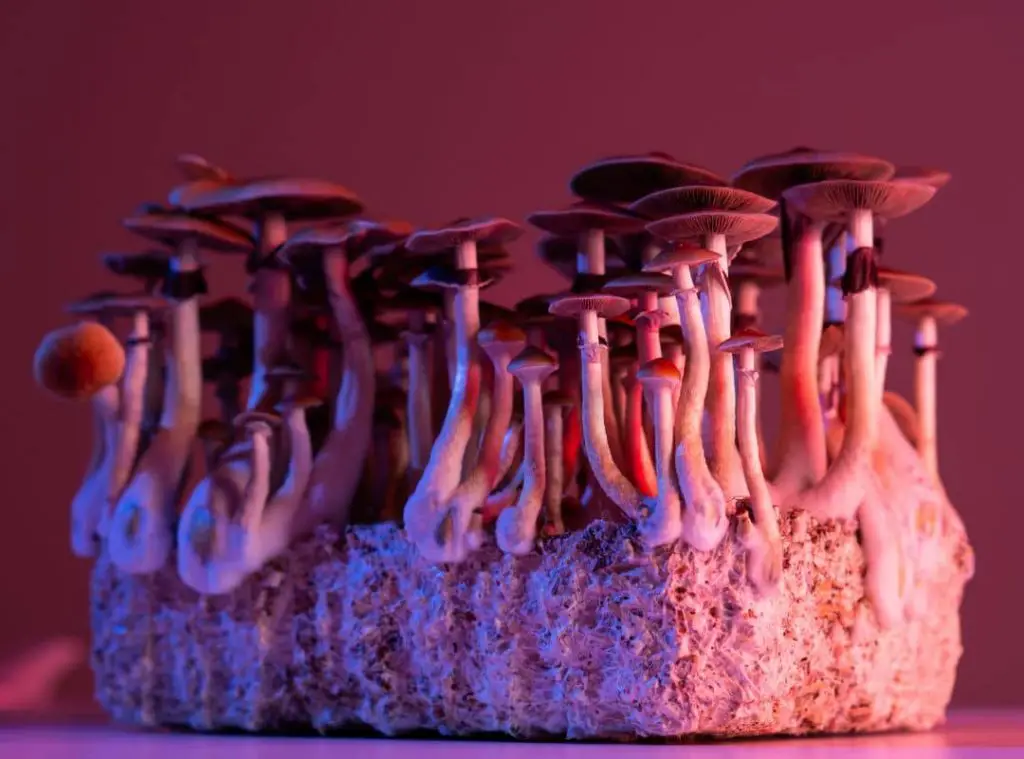
Mushroom Pins Not Growing
The most common reason why mushroom pins are not growing is that the humidity is too low. The ideal humidity for most species is between 80-85%. The pins will dry out and die if the humidity is too low. If the humidity is too high, the pins will suffocate and die. Misting the pins with water will raise the humidity. You can also use a humidifier to raise the humidity.
How many times can you harvest mushrooms?
You can generally harvest mushrooms 3-5 times before the substrate is depleted of nutrients. This amount, however, can vary based on the species, the size of the mushrooms, and the substrate. For example, you can harvest button mushrooms 10-12 times before depleting the substrate. This is because they are small mushrooms and don’t require many nutrients.
On the other hand, You can harvest oyster mushrooms 3-5 times before the substrate is depleted. This is because they are large mushrooms, and they require more nutrients. Usually, you can harvest mushrooms for 21 days to 42 days before the substrate is depleted. After this, the mushrooms will stop growing, and the substrate will need to be replenished.
Related questions
Does Mycelium Grow Forever?
No, mycelium does not grow forever. Once the substrate is depleted of nutrients, the mycelium will stop growing.
Can You Eat Mushroom Pins?
Mushroom pins are not poisonous, but they are not particularly tasty either. Most people prefer to wait until the mushroom has fully matured before harvesting to eat.
Do Mushroom Pins Need Light?
Mushroom pins do not need light, but they will benefit from a small amount of supplemental light. This will provide the required energy for the pins to mature and produce mushrooms.
Do Mushroom Pins Need Water?
Mushroom pins do not need water, but they will benefit from a small amount of supplemental moisture. This will provide the necessary water for the pins to mature and produce mushrooms.
Conclusion
You now know “What Do Mushroom Pins Look Like”. Pinning is the process by which the mycelium produces mushroom pins. This usually happens when the conditions are right, such as high humidity and fresh air. Mushroom pins are tiny, usually no bigger than a pinhead. They can be brown, white, or translucent and will grow into full-grown mushrooms.
Mushroom pins are generally found in clusters and will continue to grow until they mature into full-grown mushrooms. So, next time when you see tiny brown dots on your mycelium, don’t worry. They’re just pins!
Read Next : Log Mushroom Cultivation Common Questions And Answers

